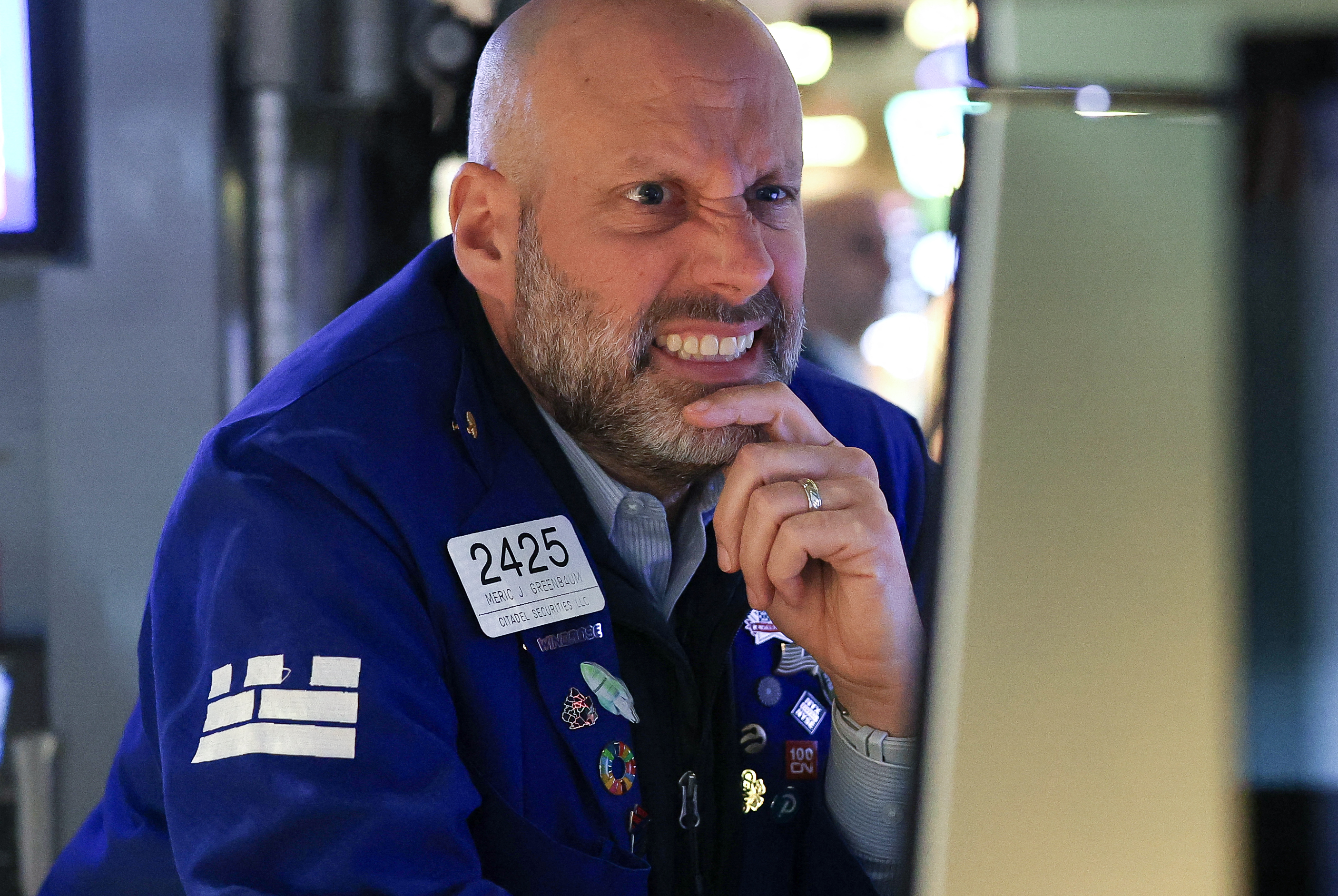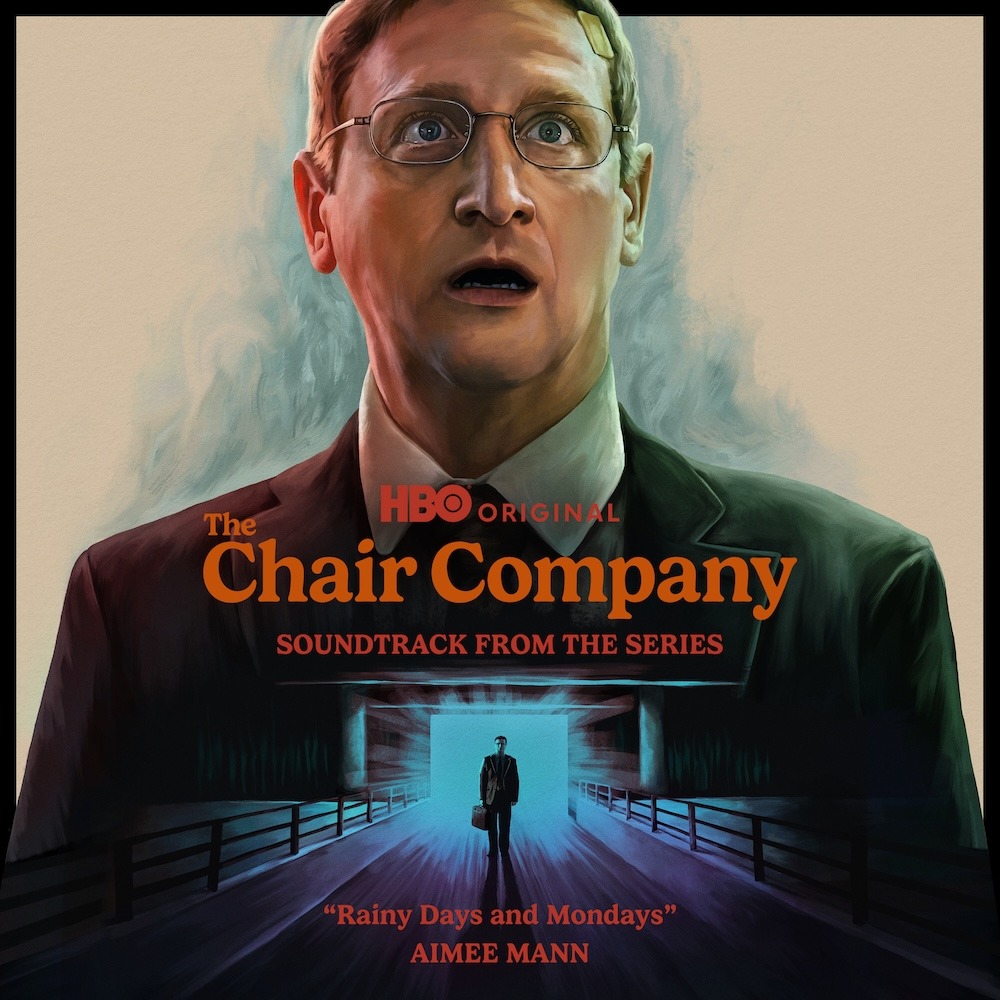| Independent journalism, supported by you. | | Your support ensures Marketplace can keep covering the issues that matter without paywalls or corporate influence. |
| |
|
|
 |
| Timothy A. Clary/AFP via Getty Images | | How much transparency is too much? |
|
Marketplace’s Stacey Vanek Smith explains the case for, and against, quarterly earnings reports. | Let’s say you’ve just been hired as a chief financial officer. Congratulations! You get a fancy corner office, a big salary and an assistant who knows your coffee order.
Meanwhile you have one very major responsibility: Every quarter, Wall Street will have some expectations about how much money your company should have earned over the last three months. Your job?
“Hit it or exceed it by just a little bit,” said Sarah Williamson, CEO of FCLTGlobal and author of “The CEO’s Guide to the Investment Galaxy.” Every quarter, she said,
a bunch of Wall Street analysts and industry experts look at a bunch of data about your company and your industry and “just like a meteorologist, they gather all sorts of trends and all sorts of data. They analyze it and they try to predict what's coming next.”
And a few weeks before you actually report your earnings (or sometimes even just days before) Wall Street will come up with one number: a tally made up of all these earnings guesstimates. “And just like a weather forecaster, sometimes they're right and sometimes they're wrong,” said Williamson. “If their estimates are not what the company delivers, the language used is that the company hit or missed. But you'd never say, ‘The sky hit or missed the forecast.’ That's nonsensical.”
It may be nonsensical, but if you miss that forecast, things can get stormy pretty fast. Even if you miss by just a penny, “it’s usually seen as a disaster, a crisis,” she said.
This might sound dramatic, but it really can be a crisis. Take Target: Last year the retailer’s quarterly sales came in at $25.7 billion instead of the expected $25.9 billion. Investors panicked and Target’s stock lost almost a quarter of its value in one day. So, it's maybe not surprising that companies will scramble to make sure that they hit Wall Street's guesstimate. “You take some actions: You delay hiring; you slash advertising; you've got a project, you delay,” said Campbell Harvey
, an economist and professor of finance at Duke University's Fuqua School of Business.
Harvey was part of a team that looked into how mandated quarterly earnings impact how companies are run. They surveyed hundreds of CFOs. Among the questions: Have you ever delayed a project to meet quarterly earnings expectations, even though that meant sacrificing shareholder value? “Seventy-eight percent admitted to destroying shareholder value,” said Harvey. “Every single CFO we talked to had done it. This is a deep problem.” |
| | |
|
|
|
|
Happy holidays! A frigid job market | | |
|
|
|
 |
| Click the image to see a video version of this story. (Amy Scott/Marketplace) | | Sorting trash can be dirty and dangerous. Sounds like a job for AI |
| Marketplace’s Amy Scott checked out a Colorado company that uses computer vision and robotics to improve recycling rates. |
|
In a hangar-like building in Louisville, Colorado, outside Denver, crumpled plastic bottles, cans and other scraps were strewn across a giant conveyor belt. But you know what they say about one man’s trash. At AMP, a company that builds artificial intelligence-powered recycling systems, founder Matanya Horowitz has another way of describing the material: “That’s our data, that’s our fuel,” he said. “But yes, that’s garbage.”
In the United States, only about 20% of recyclable material in our household waste actually gets recycled, according to the Recycling Partnership, an advocacy group. One reason, Horowitz said, is because it costs more to recycle some materials than the end-product is worth. AMP’s aim is to increase that rate by using computer vision and robotics to more quickly, and cheaply, sort recyclables from the waste stream.
“All of these different things that we put in the recycling or the garbage, they actually do have value,” said Horowitz. “The problem has been that the cost of sorting a lot of these materials out has been too high.”
Before demonstrating AMP’s “smart sortation” system, Horowitz explained the process. The stream of garbage on the conveyor belt would pass under a pair of security cameras, which would take photos of the material. Then, a computer trained on millions of images of trash would identify different types of recyclable plastic in the photos, and send a message to sort the plastic, using pneumatic jets.
“What we do is we accelerate the material and then throw it off the end of a conveyor belt, and it creates almost a garbage waterfall,” Horowitz said. “Behind the waterfall, we have a couple air jets, and the air jets just use a little puff of air to punch out the material.”
A warning indicator beeped, and the system roared to life. As the stream of waste poured down from one conveyor belt to the waterfall below, puffs of air sent some items up into one of two compartments. “This is our double jet, so it's sorting two commodities at once,” Horowitz explained. “No. 1 plastics are going on the bottom. No. 2 plastics, which are milk jugs, up top.” The velocity was impressive — and loud. “It's pretty strong,” Horowitz said. “It can move like phone books and things like that.” |
| | |
|
|
 |
We've come a long way together, but there’s still much work to be done. In 2026, Marketplace is preparing to meet the moment and shape the conversation. Will you join us? | |
| |
|
|
|
| Here are the stories readers clicked on the most in our Daily Wrap newsletter this week. Sign upto get the latest news and numbers in your inbox every weekday evening. | | |
|
|
|
 |
| Click the image to watch this story on Instagram. (Alice Wilder/Marketplace) | | Tight grocery budget for the holidays? Try a "recession recipe" |
| Kiki Ruff teaches her viewers to cook on a budget using skills she learned during her time on food stamps. She took Marketplace’s Alice Wilder grocery shopping. |
|
Kiki Ruff navigates the aisles of Aldi with the ease of a regular and the purpose of a professional. Today’s recipe is for pizza rolls — think cinnamon rolls, but with pepperoni and cheese as a filling and pizza sauce for dipping. She has a mission: give her more than half-a-million followers a recipe that they can make for less than $15 and bring to their holiday potlucks. “When you’re invited somewhere, you don’t wanna show up empty handed. But if you’re only working with $10 it becomes, ‘Can I go get the tiniest fruit plate in the world?’” she said. “Embarrassment and shame comes when you can’t meet the means of the other people.”
Ruff grabs cured pepperoni from an endcap advertising charcuterie supplies, but wrinkles her nose at the $9.89 price tag. She assures me we can do better and steers us toward the refrigerated section. Her instincts are correct: The fresh pepperoni is just $2.89, and lower in sodium to boot. Next on our list is pizza dough, then a jar of pasta sauce. Ruff has developed a following on TikTok and
Instagram — she uses the handle @kikirough — for what she calls “recession recipes,” meals that can be made on a shoestring budget with minimal equipment.
She was inspired to start the series after seeing a post on her LinkedIn feed. “There was someone who popped up on my feed who was talking about how he was in a transitionary period with his job and he couldn't buy granola bars or fruit snacks for his daughters anymore,” she said. “They had to cut the expense and how stressful it was for his daughters.” Ruff put together a video sharing a recipe for cinnamon toast, and woke the next morning to 90,000 new followers.
Her target audience is a group she calls “first-time poor” — people who are reckoning with their new economic reality and struggling to put food on the table.
The latest USDA data shows 18 million Americans are food insecure, up by a million from the previous year. Grocery prices are up by almost 30% over the past few years. Layoffs are at record highs
, with
more Americans in long-term unemployment.
Ruff says that the first-time poor are eager for resources. “If they're going to a food bank for the first time and they're getting flour and lentils, they're like, ‘Well, I don't bake, and what is a lentil?” | | | |
|
|
 |
“This Is Uncomfortable,” Marketplace’s podcast about life and how money messes with it, is back on Jan. 15! But we’re not just back for a new season, we’re back every week, for good.
Host Reema Khrais is still bringing you the intimate stories you’ve come to expect, but also new conversations with all sorts of people: behavioral economists, therapists, and big thinkers who’ll help us make sense of how our culture and economy are shaping our relationship with money, and how we see ourselves. |
| | |
|
|
| | | SONG OF THE WEEK |
| "Rainy Days and Mondays" by Aimee Mann |
|
| | |
|
|
|
 |
| Listen to "Rainy Days and Mondays" on Spotify | Apple Music |
YouTube | |
A good job is hard to find, so many workers are staying put right now.
The rate at which U.S. workers are quitting their jobs has been falling throughout 2025, and now sits at a five-year low. But let’s take a wider view: The Bureau of Labor Statistics found Baby Boomers, many of them now retired, averaged about 13 jobs over their careers. Their millennial children are
far more likely to job-hop, at least when economic conditions are favorable.
But what can we learn from the folks who stuck around? Quite a bit, it turns out. The Wall Street Journal spoke with nine workers, each of them the longest-serving at their respective companies, about how the job has changed at Target, Tiffany, Ford and more. Here’s a gift link.
As a millennial closing in on 12 years at Marketplace, I found the whole story fascinating. It also made me think of “The Chair Company,” the HBO conspiracy comedy centered around a mall developer who recently moved into management over his old-timer colleague. The two men are played by Tim Robinson and Jim Downey, who both worked at “Saturday Night Live,”
where Downey was the longest-tenured writer. Aimee Mann covered The Carpenters for the show’s soundtrack: “Talkin' to myself and feelin' old / Sometimes I'd like to quit…”
| | | |
|
|
Thanks for reading! If you enjoyed this newsletter, forward it to a friend. If this newsletter was forwarded to you, subscribe to Marketplace newsletters here.
Got feedback for us? Just reply to this email. We can't get back to everyone, but we read it all. | |
|
| | |
|
|
|






